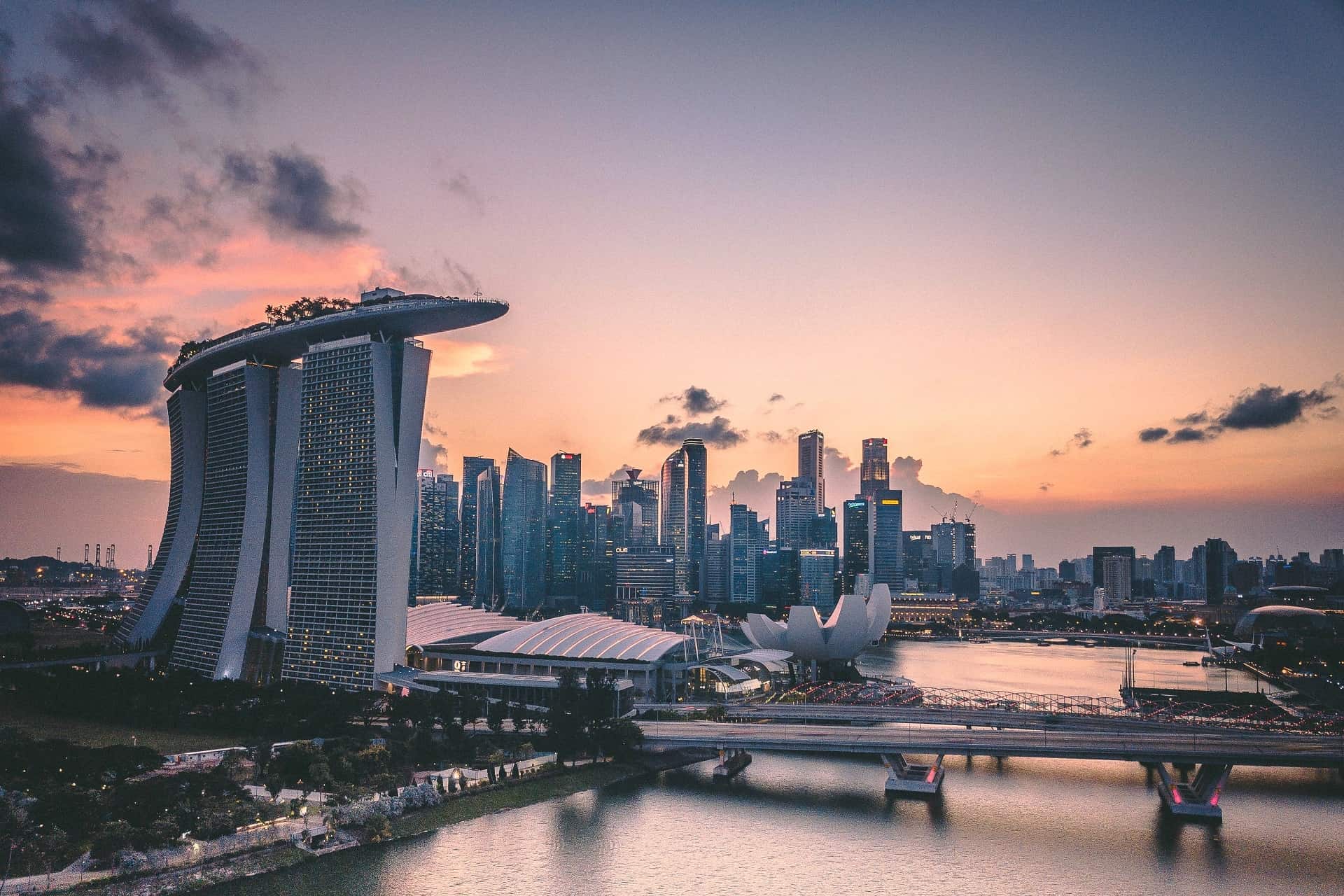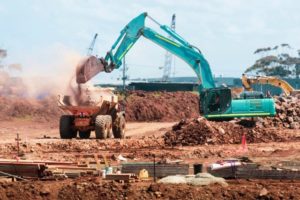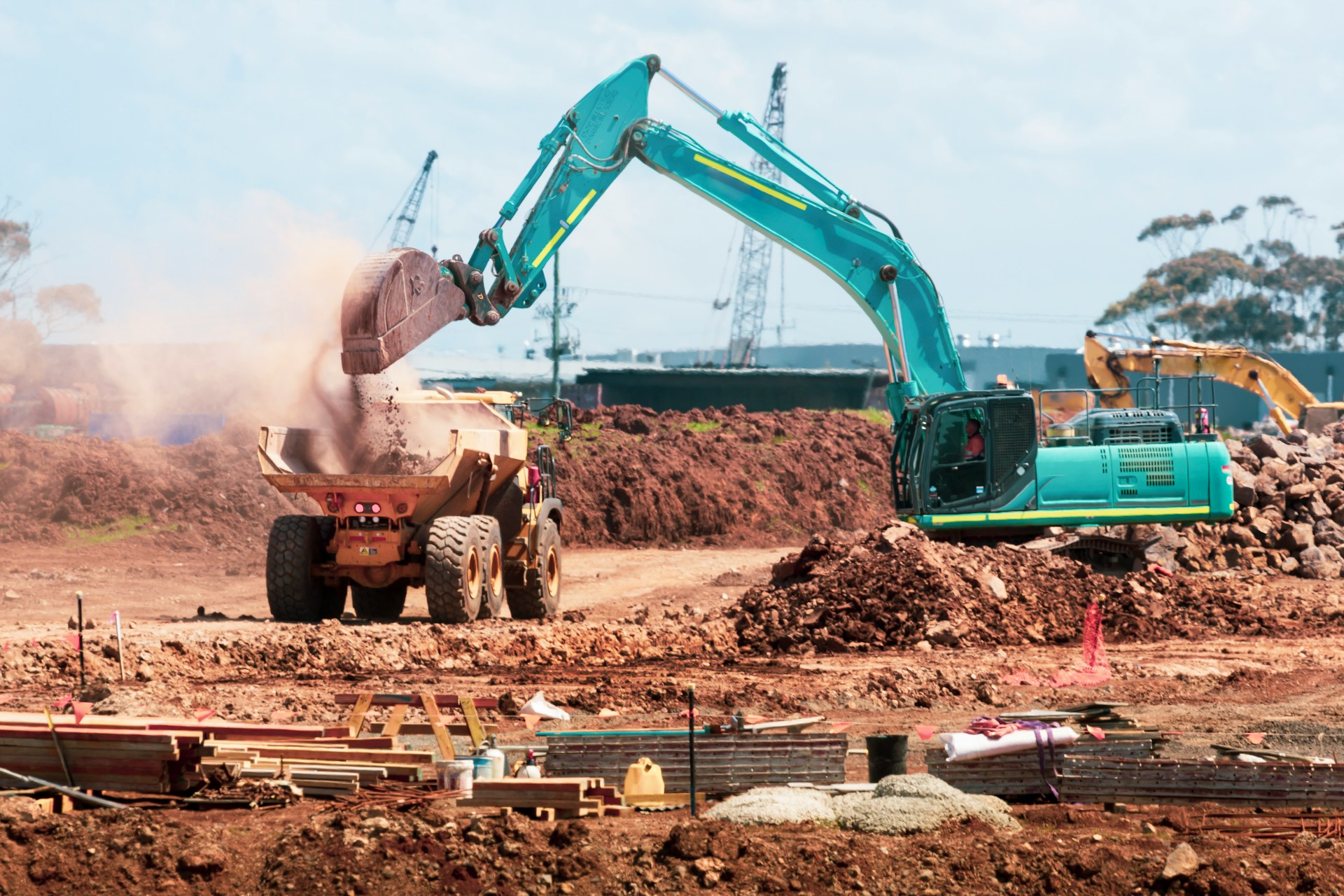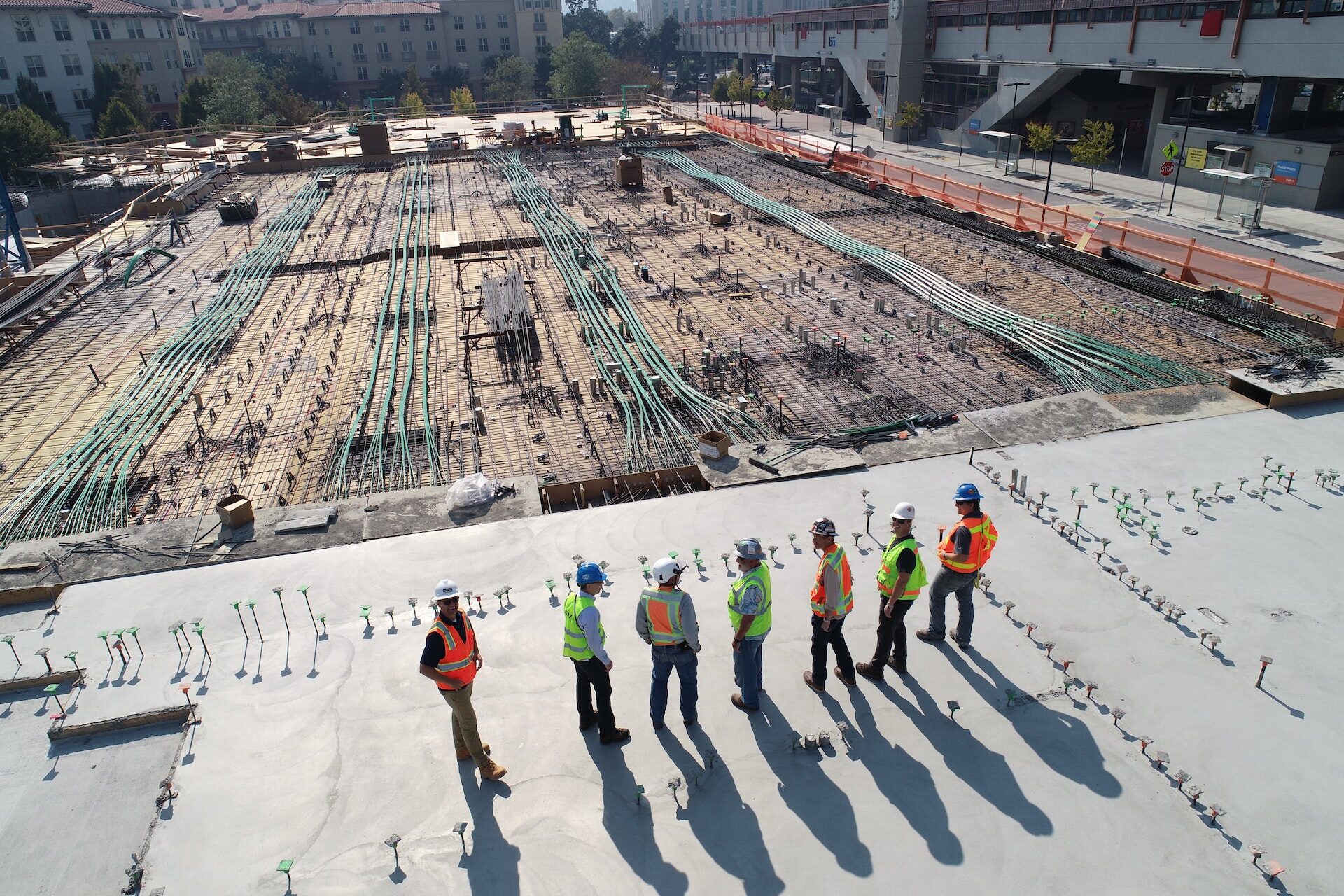
Smart Cities Lead the Way on Sustainable Urban Development
April 2, 2021 - Emily Newton
Revolutionized is reader-supported. When you buy through links on our site, we may earn an affiliate commision. Learn more here.
Modern city planners face a wide range of challenges — urbanization, traffic congestion and pressure to make cities more sustainable. Balancing solutions to urban development challenges can be difficult, as solving one problem can make another worse. A new, data-driven method of city management — the “smart city” — may be the answer.
Smart cities use a variety of data-collection methods to gather in-depth information on how a city functions. Smart city planners can use this data to make more informed decisions about urban development or create automated systems. Recent smart city innovations show it may be possible to tackle urbanization and climate change at the same time.
How Smart Tech Can Make Greener Cities
For every city service or utility, a smart city system could be used to improve that service’s efficiency.
Smart city lights, for example, can turn on or off automatically with the right internet-connected switch. Smart electricity meters in city apartments can collect anonymized information on household power use. This allows utility companies to adjust power costs based on demand and learn about how people are using electricity.
Sensors on dumpsters or garbage cans can provide a real-time picture of trash collection demand around the city. Trash collectors could use this data to optimize their routes. This allows them to skip over under-full dumpsters and save gas and time.
More advanced applications of smart tech are being pioneered right now. This includes applications that use automated systems to manage some aspects of a city. They show how future applications of the smart city approach could create cities that are highly sustainable.
How Future Smart Tech Can Help Keep Traffic Moving
Take, for example, the smart traffic system. Current research estimates that 1.6 to 2% of total US greenhouse gas emissions come from idling vehicles alone.
Certain anti-idling policies can help a city cut down on pollution from idling. However, these policies can only go so far and enforcing them is often difficult or impossible. Idling often has to do with poor driver habits, like leaving the vehicle running while the driver makes a delivery. However, a significant amount of idling is the result of vehicles stuck in traffic.
Idling laws can’t prevent traffic. Simply expanding existing roads or adjusting traffic signal timing doesn’t always have a major impact on traffic congestion. In some cases, these practices may even increase demand, generating additional emissions.
The smart management approach is one alternative. Rather than expand roads or punish drivers for idling, the city uses real-time traffic data to provide better information to drivers and city planners.
Automating City Traffic Management With Smart Tech
A smart city planner could also create a system that automates traffic flow management in real-time, reducing emissions.
For example, the system may detect inefficient flow of traffic around a particular intersection. It could adjust light timing to reduce the number of cars unnecessarily waiting for a red light to change.
In the event of a crash, the system could automatically close lanes and reroute traffic until first responders arrive. This could help ensure that the accident isn’t made worse by additional traffic.
Improving the flow of traffic and preventing unnecessary idling could help transport more people with less energy consumption.
The same data that the system uses to make real-time decisions can also be useful in the long term. For example, city planners might discover that certain traffic signals may be restricting the flow of traffic.
What Smart Cities Are Teaching Us About Green Urban Development
While smart city technology is mostly experimental, a handful of cities are leading the charge on implementation of smart tech — pushing the limits of smart design and showing how it can work in practice.
For example, Singapore often ranks among the top smart cities of the world. The city is a popular example of how data-driven city governance and smart tech can make a major impact on urban livability and sustainability.
For example, in 2014, the city’s Land Transport Authority (LTA) teamed up with IBM to apply “fusion analytics” to upgrade the city’s public transport system. The two groups drew on farecard data, video from metro rail stations and anonymized telecommunications data to analyze how people moved around the city and used public transit.
The early project helped to deepen the relationship between IBM and Singapore. Now, the company has plans to establish a testbed for 5G and emerging tech in the city.
Recently, the same LTA also began pilot tests of autonomous vehicles across the city. In the future, the city program hopes to offer autonomous vehicles that will provide access to transportation for the city’s elderly and disabled residents, who often have special transportation needs.
Singapore’s Eco-Friendly Approach to New Development
Urban planners in the city are also using smart tech to guide their plans for future development. Over the next few years, the city plans to construct more than 42,000 eco-friendly “smart” homes that will come equipped with smart technology.
The new development is being planned using a combination of data-driven design and smart tech.
For example, developers are using computer simulations to model air flow and heat gain around the planned buildings, helping them to avoid the high temperatures associated with dense urban development. Homes in the neighborhood will also have access to home cooling systems that use water cooled by solar panels to lower building temperatures.
This approach should help the city cut down on the amount of energy it will take to cool homes, which is a major source of energy consumption for most households — especially in Singapore, where temperatures rarely drop below 75° Fahrehneit.
The neighborhood will also take advantage of two common smart systems — automated city lighting and smart garbage collection — to further cut down on energy consumption and manage city waste.
In addition to these eco-friendly building design decisions, city planners are taking steps to make the area more walkable. Features like bike lanes and underground roads will help to increase green space and provide more dedicated travel routes for pedestrians.
Part of Singapore’s success with smart programs and green planning has been due to the amount of control that the city government has over development. When 80% of a city’s residents live in public housing, city officials have a lot of room for ambitious proposals that can reshape how new neighborhoods are built.
Still, the city provides a model that others can emulate, and an example of how green development can work in practice
Smart Cities Show How Urban Development Can Be Sustainable
Over the next few years, as urbanization continues and climate change becomes an even more pressing issue, city planners will have to grapple with sustainability in urban design.
The smart city approach to urban planning and city governance may be a major asset for these planners. With the right data and tech, it’s often possible to significantly reduce the energy consumption and emissions associated with city life, while also making a city more livable.
While this tech is still mostly experimental, cities like Singapore show how, in the near future, planners may be able to use data-driven design and city management tech to create highly sustainable cities.
Revolutionized is reader-supported. When you buy through links on our site, we may earn an affiliate commision. Learn more here.
Author
Emily Newton
Emily Newton is a technology and industrial journalist and the Editor in Chief of Revolutionized. She manages the sites publishing schedule, SEO optimization and content strategy. Emily enjoys writing and researching articles about how technology is changing every industry. When she isn't working, Emily enjoys playing video games or curling up with a good book.




